Sardinia: land of Fairies and Giants
by Romain Nugou
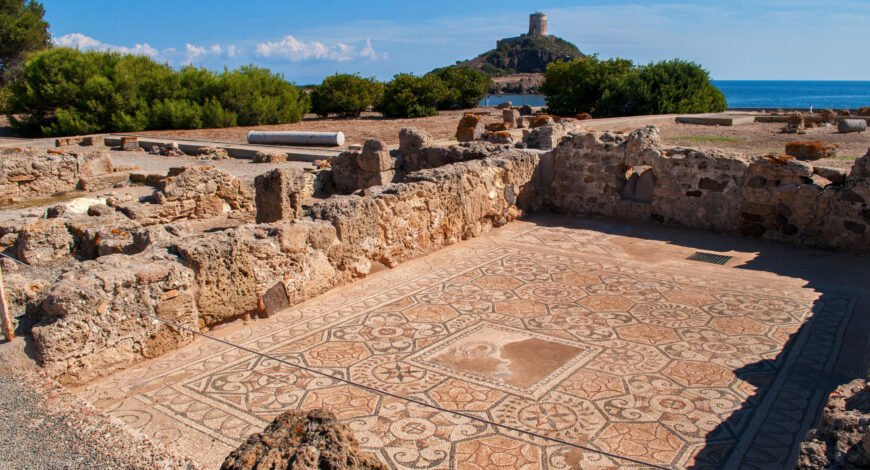
Located in the Western Basin of the Mediterranean Sea, at the crossroad between Italy, France, Spain and North Africa, Sardinia is the second-largest island in the Mediterranean after Sicily. Separated from Corsica by the Strait of Bonifacio, the islands are so close that each can easily be seen from the other. Known for its crystal-clear waters, rugged cliffs, and ancient Nuragic ruins, Sardinia offers breathtaking landscapes and a vibrant culture. If today Sardinia is part of Italy, it benefits from a specific status as an autonomous region, culturally different from the mainland, and with its own dialect.
Ancient wonders of Sardinia
Sardinia was first visited by man in the Palaeolithic though inhabited permanently in the Neolithic. The necropolis of Montessu, in the south of the island, is set within a large natural amphitheatre. It has about forty domus de janas (literally ‘fairy houses’), a type of rock-cut chamber tomb, and is considered one of the largest and most important archaeological sites of Sardinia. Dating back to pre-Nuragic period (3rd millennium BCE), this burial site was used for about a millennium during which alternated the cultures of Ozieri, Abealzu-Filigosa, Monte Claro, Bell Beaker and Bonnanaro. In the north of the island, the site of Monte d’Accoddi, with its fascinating remains of a ziggurat-like Copper-Age temple (2450-1850 BCE), more reminiscent of structures in Mesopotamia, Egypt and Central America than anything in Europe, was originally built by the Ozieri culture or earlier c. 4000-3650 BCE. It culminated in a platform accessible via a ramp over 40m long. No chambers or entrances to the mound have been found, leading to the presumption it was an altar or a temple. The surroundings of the Monte d’Accoddi have been excavated in the 1960s and have provided the signs of a considerable sacred centre with several megalithic elements such as menhirs, a slab perhaps used for sacrifices, two figurative stelae and a large spherical stone with a probable symbolic or ritual function.
The Nuragic Civilisation
The Nuragic people flourished in Sardinia during the Bronze Age up to the Early Iron Age (c. 1700-600 BCE). The term “Nuragic” is a descriptive term derived from the island’s iconic structures, the nuraghe, towers unique to this island built in vast numbers starting around 1800 BCE. They range in design from single, isolated towers to more complex structures with several towers surrounded by a settlement. Over 7,000 nuraghes still stand today. They only represent the early and middle stages of the Nuragic culture as their construction ceased by c. 1200 BCE. The Nuragic people left behind no written records, but the archaeology speaks for them. Their holy wells, like the one at Santa Cristina, demonstrate the cult of water on the island. Along with the Giants’ graves and the megaron temples, they testify to the deep religiosity of their builders.
Sardinia, land of the Giants
The Giants of Mont’e Prama are one of the many archaeological wonders found in Sardinia. In 1974, farmers discovered a gigantic limestone head while ploughing their fields at the foot of the low hill of Mont’e Prama (“the mountain of palm trees”). Excavations revealed a monumental necropolis that had been in use for several centuries during the early first millennium BCE with individual tombs, covered in stone slabs, standing alongside colossal male statues, sacred stones known as baetyls, and models of nuraghe. This imposing group of sculptures, called the Giants of Mont’e Prama, is dated between 900–750 BCE. Over the course of decades, over 5000 limestone fragments have been harvested and reassembled into 28 stone giants (16 boxers, 6 archers, and 6 warriors) rising to two metres in height. Today, your only chance to see them is to visit the Museo Archeologico Nazionale in Cagliari or the Municipal Museum of Cabras.
Phoenician and Roman Trade in Sardinia: Nora and Tharros
The many Phoenician, Greek and Roman colonial settlements found in Sardinia reflects the vitality of trade in the ancient Mediterranean. The ancient city of Nora was founded by the Phoenicians (8th century BCE) and then conquered by the Romans in 238 BCE during the Punic Wars (264-146 BCE). It went into decline from the mid-5th century AD, after invasions from the Vandals, and was abandoned in the 8th century AD following the Muslim conquest of the Maghreb. Important remains have survived including a small theatre that faces the sea, the baths, a patrician villa with its floor mosaics, and a temple. The port of Tharros, situated at the tip of the Sinis Peninsula, has a long history from its foundation in the 8th century CE to its abandonment in the 11th century AD. It was originally a Nuragic settlement, then a strategic Phoenician depot for sailing into the Western Mediterranean, a Carthaginian fortress, and eventually a Roman port after the first Punic War (238 BCE). Its commanding site gives a vivid awareness of the role of maritime trade in Sardinia’s coastal history. One of the most impressive structures on the site is the San Giovanni tower, a medieval structure built by the Spanish Crown to defend the peninsula from incursions from the sea.
Cavallino della Giara, the last wild horses of Europe
Ancient history and archaeology are not the only attractions in Sardinia. Its natural environment is spectacular, with breathtaking landscapes and coastline, and the island is also home to the last living wild horses of Europe, probably introduced during the Nuragic or Punic periods. The Cavallino della Giara can be found in the Parco della Giara, a high basaltic plateau located in the southern-central part of the island. Characteristic for their small size (cavallino means ‘little horse’ in Italian), dark mantle or dark bay, manes and very long tails, they are adapted to the environment of the Giara, with plenty of food and water during winter and spring and shortage of the same during summer and autumn. Often called a pony, this is a true horse with a small build. The total population is around 750 individuals only. The park is also home to over 350 plant species notably the Cork Oak.
Sardinia is often an underestimated destination when it comes to visitors’ choice, but its stunning landscapes, rich history and fabulous environment should arouse the interest of any curious mind. With its proud local culture, distinctive from that of Italy, but undeniably Mediterranean, Sardinia is another jewel of the sea.

- View Tours Romain is currently leading
- Watch his short video introducing the ‘Cultural Landscapes of the Midi-Pyrénées & the Dordogne’ tour
- Christopher leads our tour Sardinia and Corsica: Islands of Forgotten Riches
- View Tours Christopher is currently leading
- Watch Christopher’s online lectures
View our current selection of programs to Italy
Article images
Ancient City of Nora Image ID: 154448441 by Zabrodsky | Dreamstime.com https://www.dreamstime.com/zabrodsky_info
Nuraghe Is Paras by Angel Felicismo, CC BY 2.0 https://creativecommons.org/licenses/by/2.0/ via Flickr.com
Giant of Mont’e Prama Image ID: 108946001 by Robatz | Dreamstime.com https://www.dreamstime.com/robatz_info
Tharros by Berlinrider, CC BY 2.0 https://creativecommons.org/licenses/by/2.0/ via Flickr.com
The images have been resized for this website.

- Christopher leads our tour Sardinia and Corsica: Islands of Forgotten Riches
- View Tours Christopher is currently leading
- Watch Christopher’s online lectures
View our current selection of programs to Italy
Article images
Ancient City of Nora Image ID: 154448441 by Zabrodsky | Dreamstime.com https://www.dreamstime.com/zabrodsky_info
Nuraghe Is Paras by Angel Felicismo, CC BY 2.0 https://creativecommons.org/licenses/by/2.0/ via Flickr.com
Giant of Mont’e Prama Image ID: 108946001 by Robatz | Dreamstime.com https://www.dreamstime.com/robatz_info
Tharros by Berlinrider, CC BY 2.0 https://creativecommons.org/licenses/by/2.0/ via Flickr.com
The images have been resized for this website.

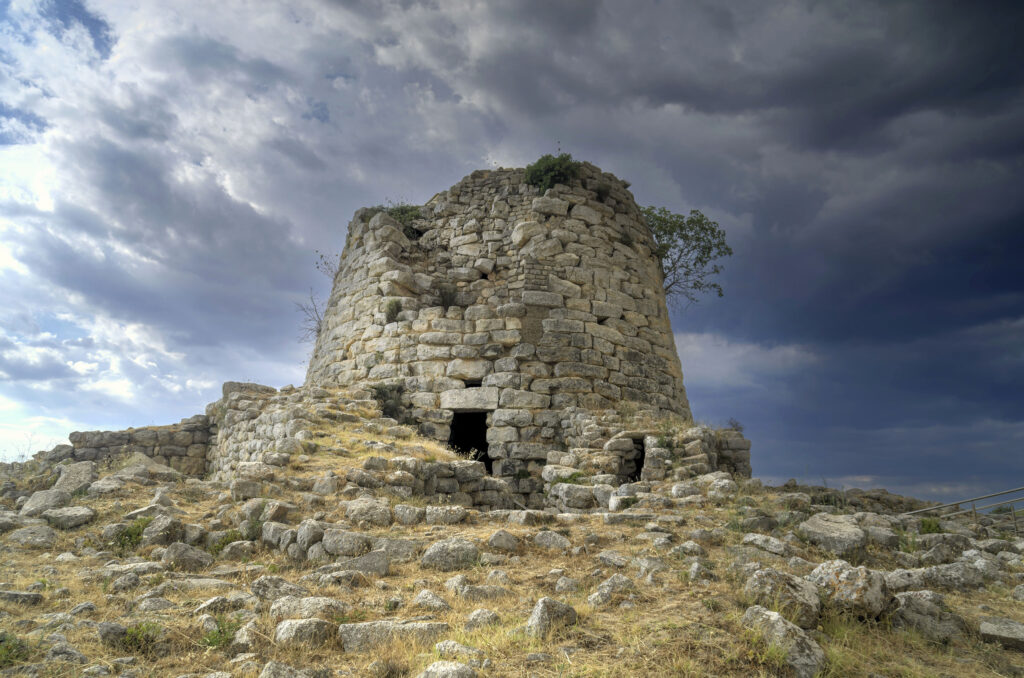
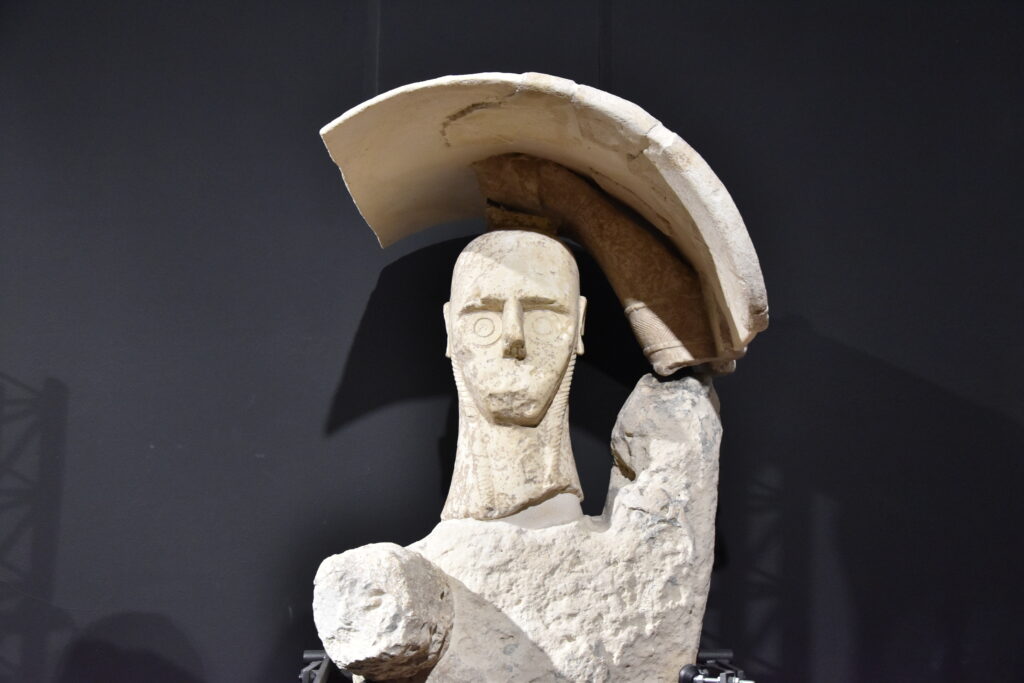
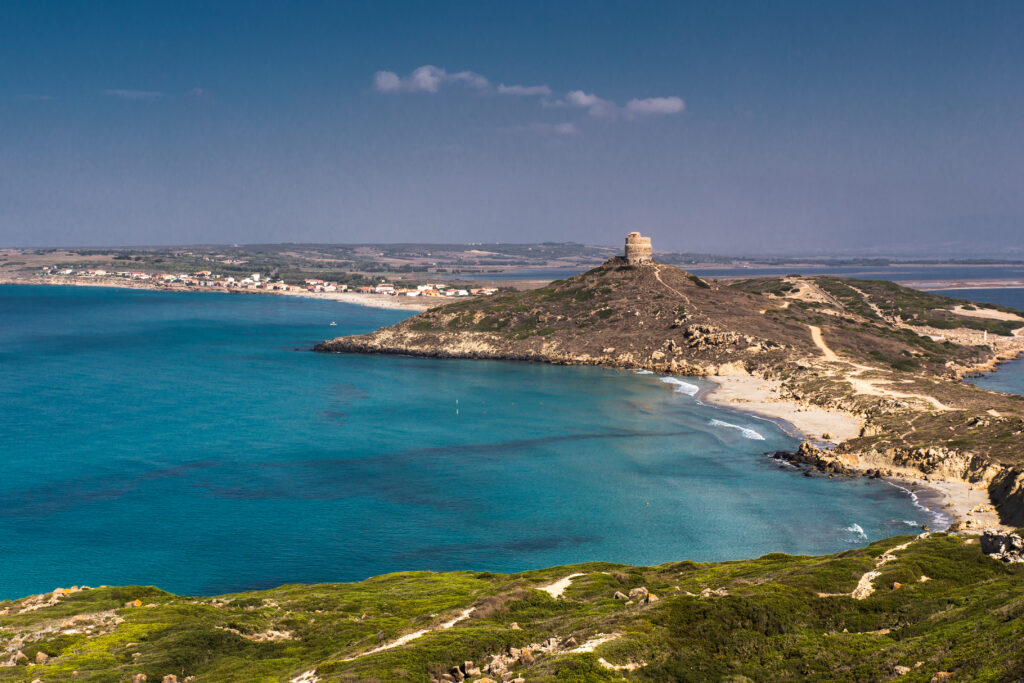
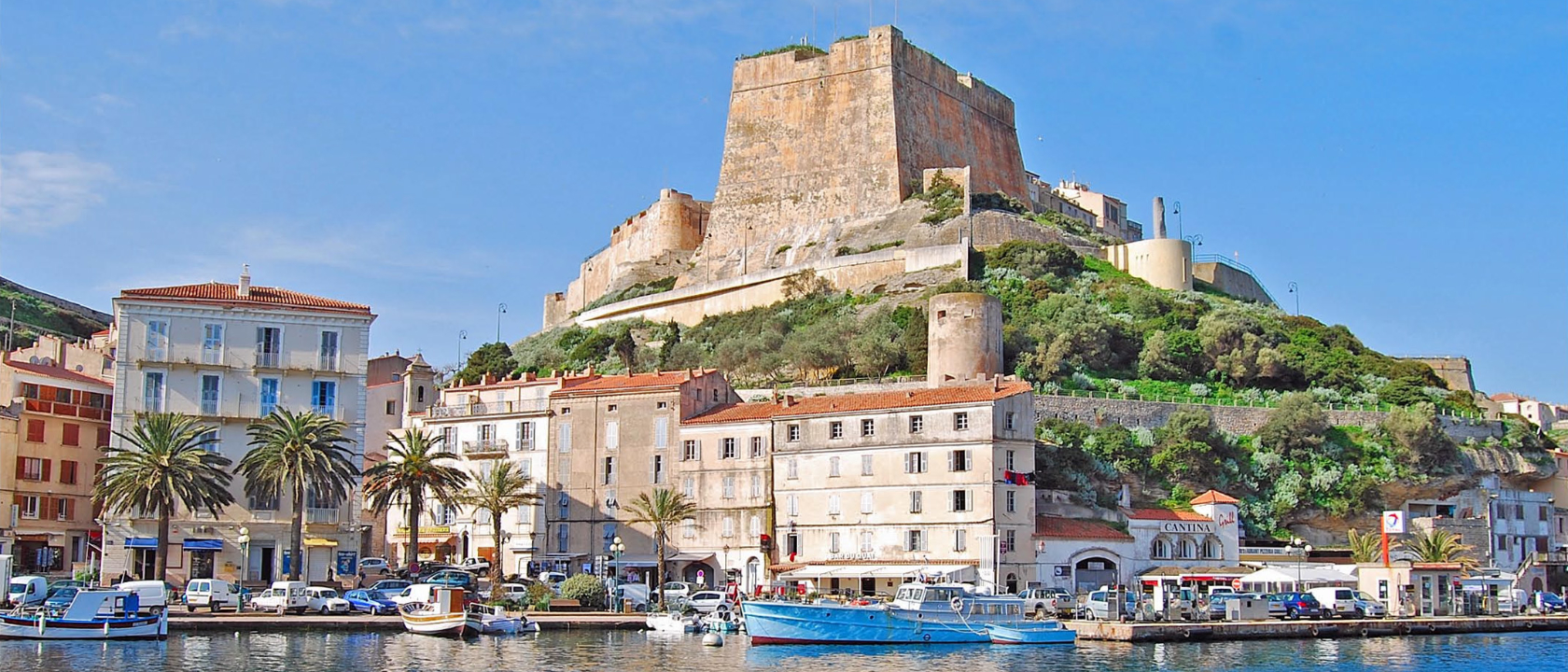 Sardinia and Corsica: Islands of Forgotten Riches 2025
Sardinia and Corsica: Islands of Forgotten Riches 2025